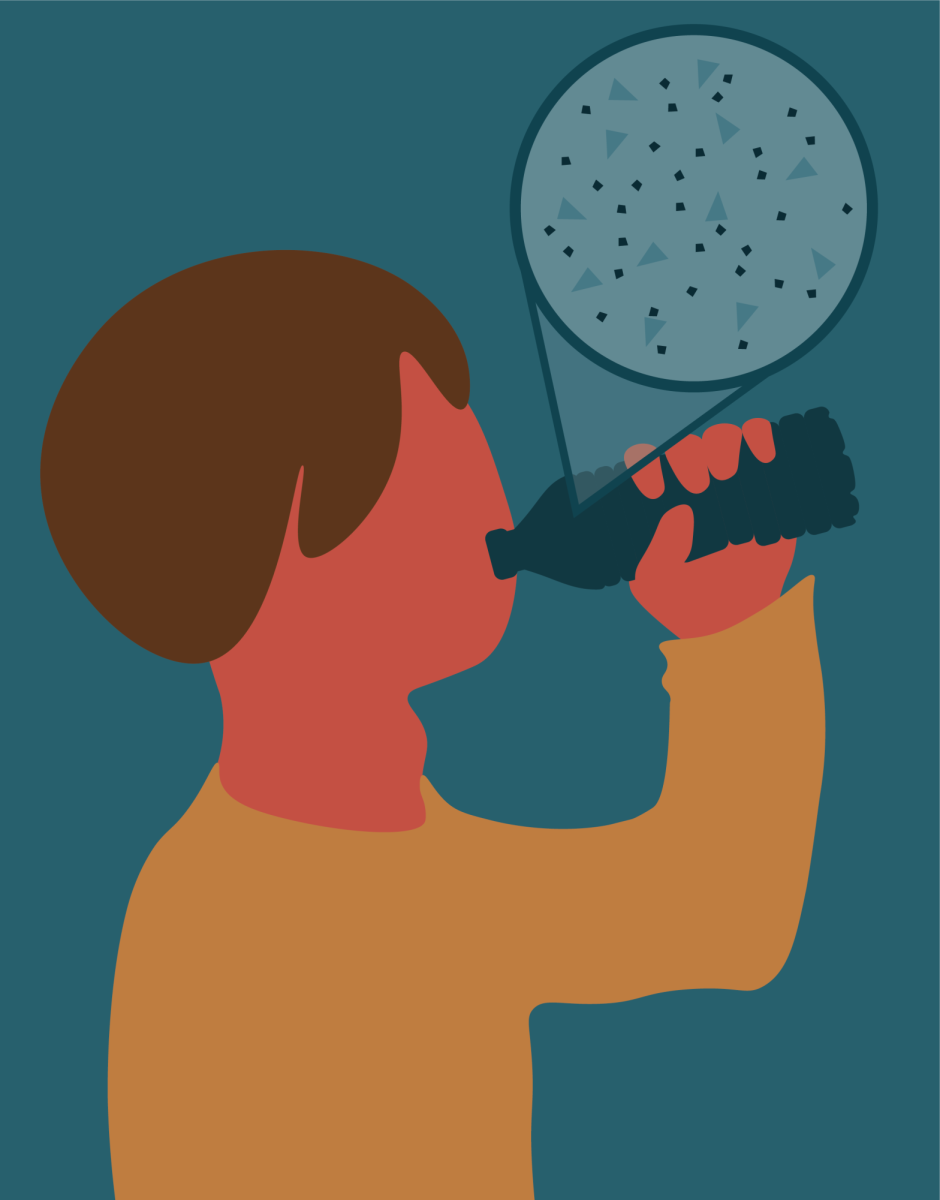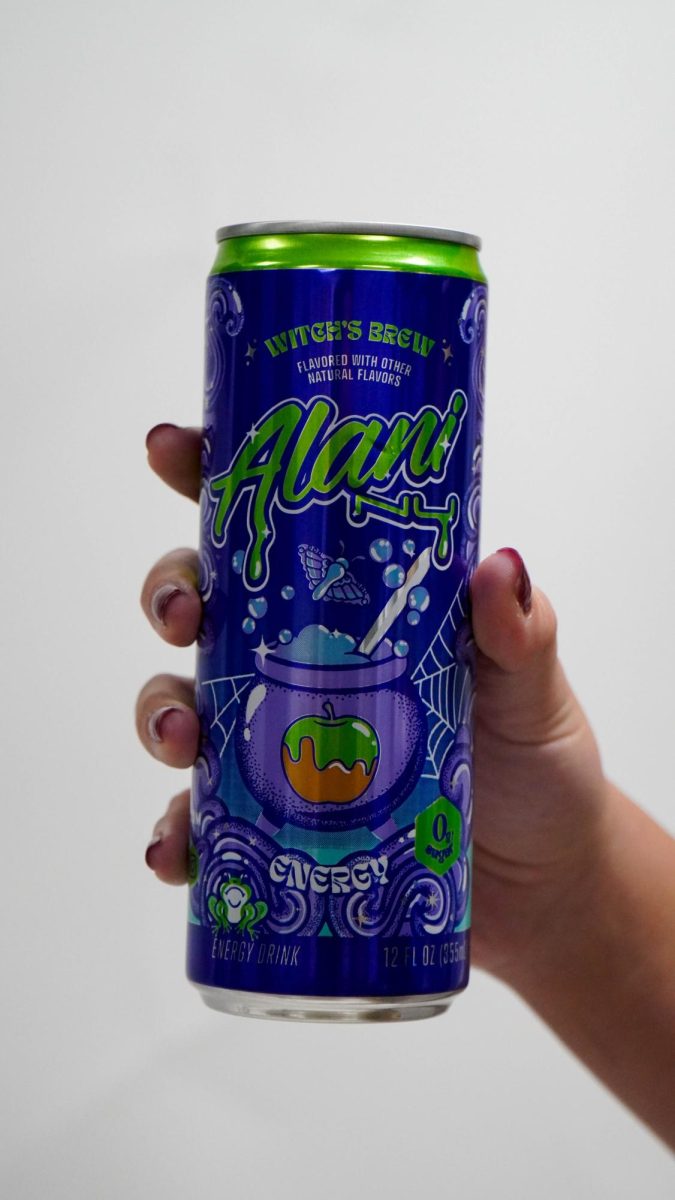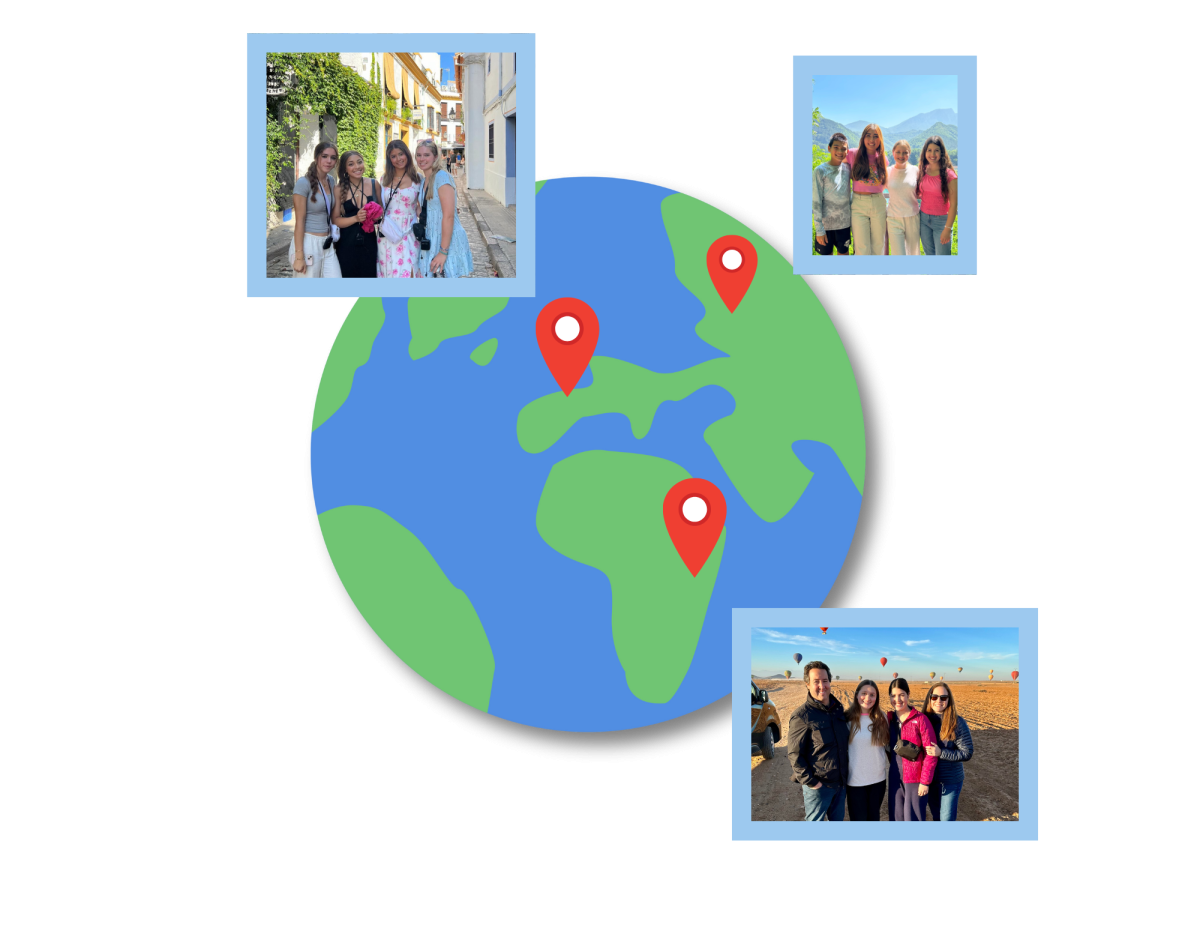A bottle of water, a piece of breaded shrimp, a pint of human blood. At first glance, there do not seem to be any similarities, but contained within, unable to be seen by the naked eye, could be hundreds of thousands of pieces of plastic.
Since the 1960s, the negative impact of plastic has been well-acknowledged, even if it has only gotten worse since then. What is less known is the abundance of plastics that are often much smaller than a millimeter, affecting not just ecosystems and wildlife but also humanity. As research on micro and nanoplastics expands, their prevalence in daily life and unknown impacts on human health are becoming increasingly concerning.
A little more than a week after 2024 began, researchers from Columbia and Rutgers University published a study that found nanoplastic concentration in certain plastic water bottles to be almost a quarter million pieces, 10 times to 100 times more than what was estimated previously. Around the same time, another study by researchers at the Ocean Conservatory and University of Toronto found microplastics in 90% of the protein food samples that they tested, including seafood, beef and several plant-based meat alternatives.
Emily Massey-Burmeister, AP Biology teacher, can see how microplastics have become a widespread issue.
“We can’t discount that plastics are the vessel for a lot of items that we purchase … [and] that part of those vessels might be in our food,” Massey-Burmeister said.
This kind of contamination extends beyond food and drinks. Other items such as fleece
material have been found to contain these microplastics as well. When placed into a washing machine, a 2016 study by Patagonia and UC Santa Barbara found that fleece jackets release 1.7 grams of microplastic fibers into the local wastewater treatment plant.
“Fleece material…is made of little plastic fibers … and the [wastewater treatment plants] can’t filter those out,” Massey-Burmeister said. “So reclaimed water has those plastics in it, and there are some studies that are coming out saying that we have agricultural crops grown for human consumption that have been found to have these [microplastic fibers] in them.”
Even the air has been found to contain these microplastics, and a study by the University of Technology Sydney found that humans could inhale up to 16.2 pieces of microplastic particles per hour, which is the equivalent of a credit card per week. Thus, while there are ways to reduce exposure to microplastics, such as refraining from heating foods in plastic containers, drinking filtered tap water, and choosing natural fibers such as cotton and wool when buying clothing, it seems relatively impossible to avoid.
Senior Grace Brady looked for a way to confront this problem last year in Independent Research.
“I tested how we can use algae to naturally filter out microplastics,” Brady said. “I tested the [plastic] concentration beforehand and then let it sit with both freshwater algae…and saltwater algae, then tested their concentration after a week and saw how the concentration of plastic particles decreased.”
Yet despite the amplified research recently, the consequences of micro and nanoplastics still need to be clarified. It may go down the path of other materials such as asbestos, which was initially believed to be beneficial before it was found to cause adverse health effects. At the moment, it seems like they can’t be avoided, and we will just have to wait and see what happens.
















